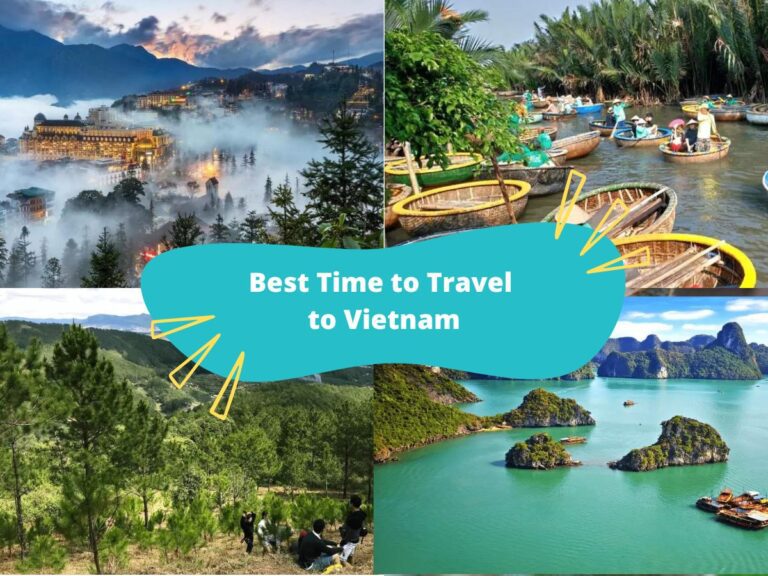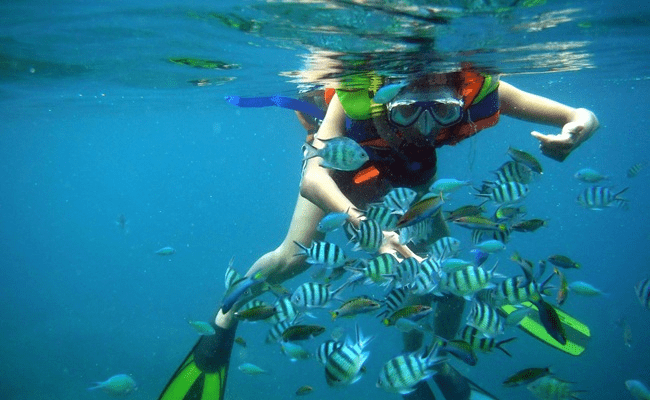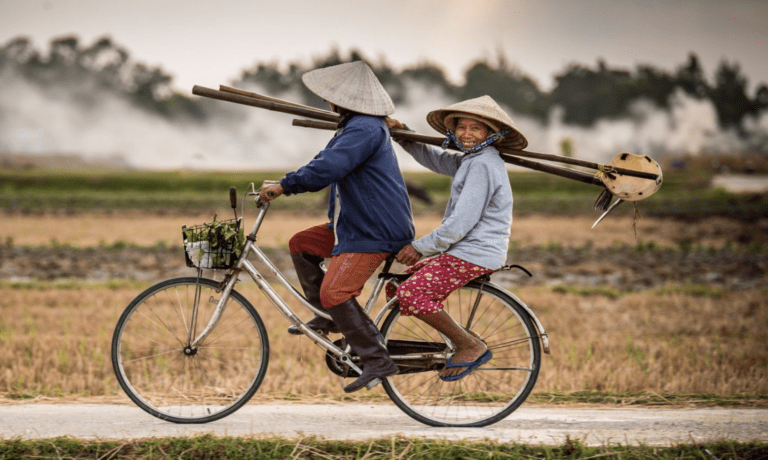If you are an adventurous traveler who loves hiking to immerse and enjoy the beauty of nature then Vietnam is the “perfect one” for you. Excellent hiking is available in the nation, which also has beautiful scenery. Additionally, the sights of the towering limestone peaks, layers of rice fields, and deep highland valleys may provide you with an amazing journey. The greatest sites for hiking in Vietnam are described in this short guide.
1. Sapa Valley Trail
The town of Sapa, which is quite a distance from Hanoi and directly close to China, is well known for its stunning mountains, jade-hued rice terraces, and distinctive culture as the residence of some of the Vietnamese ethnic minorities. It provides a variety of stunning hiking routes, including those through Cat Cat village, Y Linh Ho village, Ta Phin village, Muong Hoa Valley, Ham Rong mountain, Sky Gate, etc. The tallest mountain in Vietnam, Fansipan mount, is located in Sapa (3143 m).
The best days to hike are March until May when the weather is dry and clean or September through November when you can see the terraces.
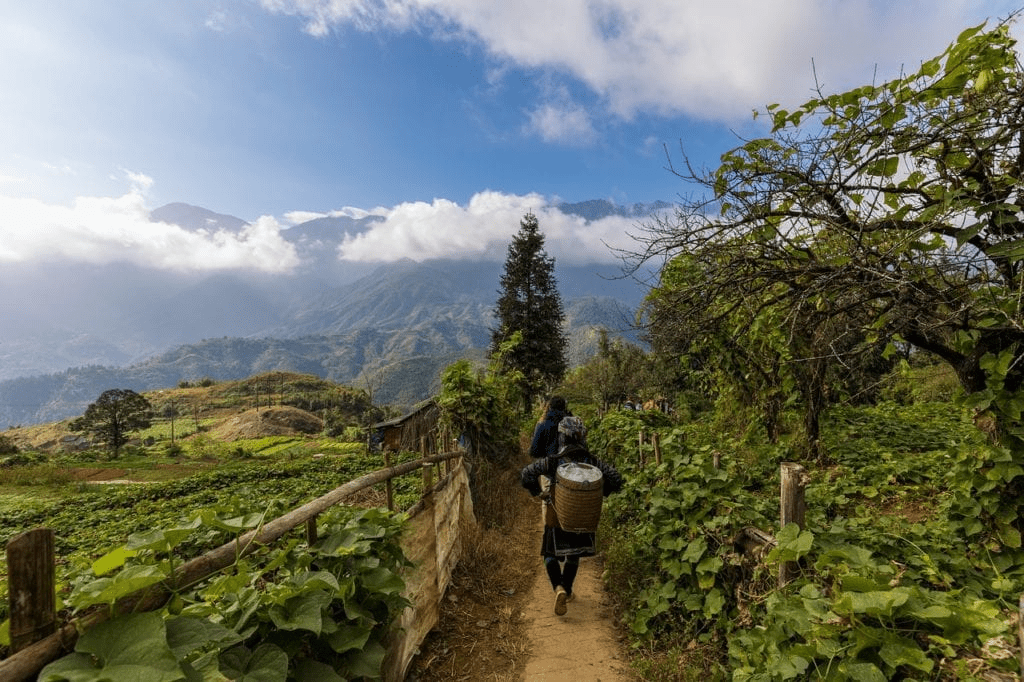
Note:
- Ask the locals first before snapping pictures of them. Sometimes you have to pay money to get them.
- Make copies of every document you have in case you misplace the originals.
- Offer to pay half the price for anything.
2. Mai Chau (Hoa Binh)
With its lovely, rural valleys, serene environment, and laid-back mood, Mai Chau, which is only 150 miles from Hanoi, feels like a whole different planet. Thac Bo Temple, Thung Khe pass, Mo Luong lake, White Rock pass, Chieu Cave, Go Lao waterfall, Hoa Binh lake, etc. are some of the things to see.
Late September to early May is the best season to go hiking.
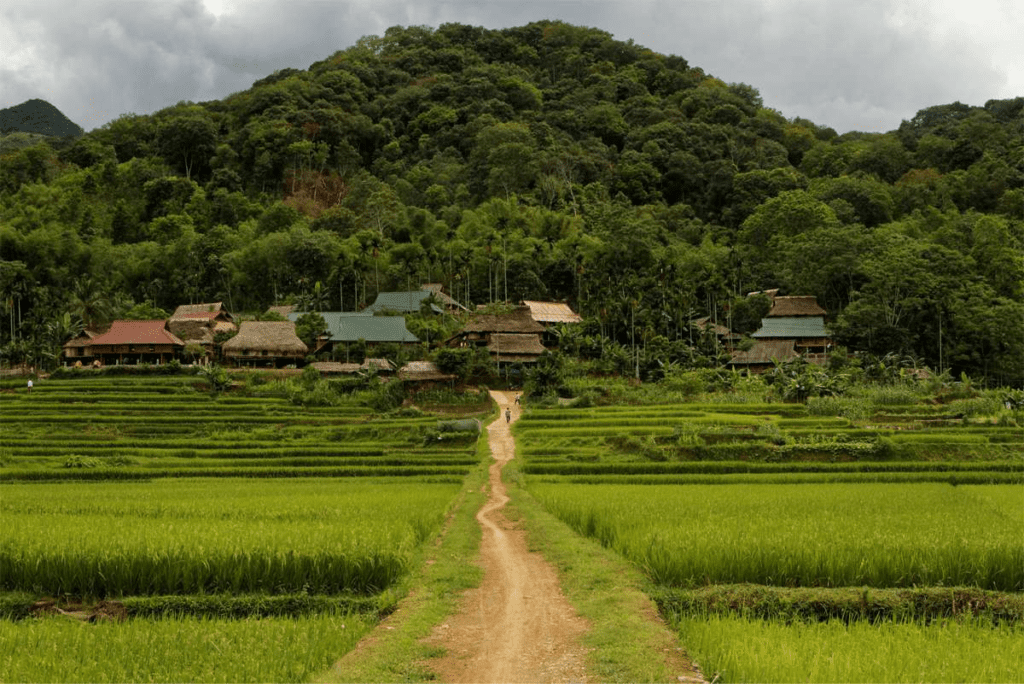
3. Pu Luong Nature Reserve (Thanh Hoa)
Pu Luong nature reserve must be included in your itinerary if you are returning to Hanoi from the center of Vietnam. It combines the natural splendor of Northern Vietnam with expansive fields like Mai Chau, Ha Giang’s spectacular passes, and Sapa’s lovely terraced rice terraces. When you visit the Pu Luong reserve, you may also get a taste of Thai and Muong culture and daily life.
The best months to go trekking are from February to May and from September to October when rice is being harvested.
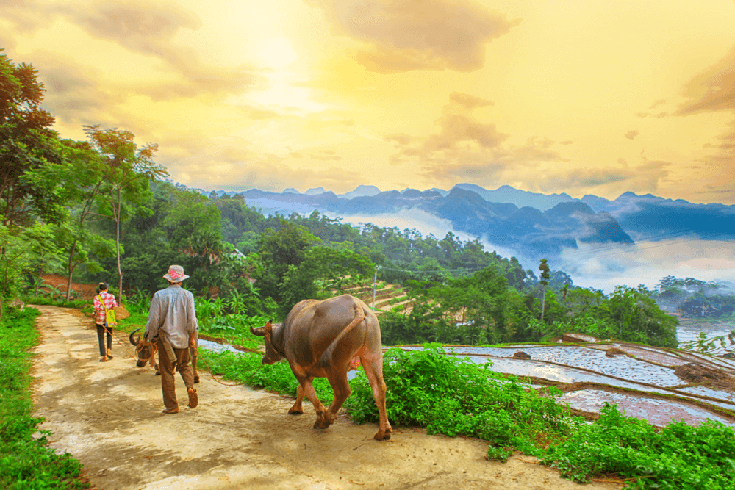
4. Cat Ba National Park
Cat Ba National Park, which lies on the island of Cat Ba, draws visitors not only for its stunning sea, but also for its many other attractions that promise to make your vacation delightful. A rehabilitation facility, a small zoo, a museum, and other amenities are also located inside the national park. It would also be worthwhile to see some of the overlooks you may locate while trekking.
September to October is the ideal trekking season.
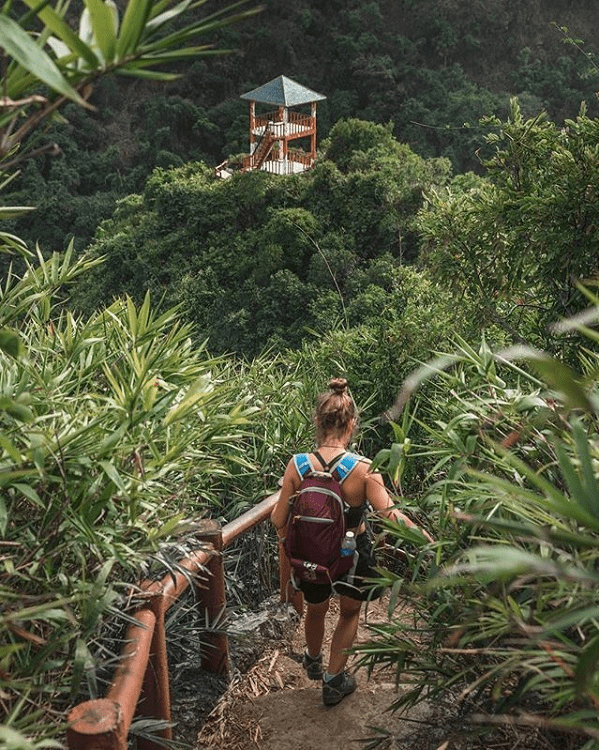
5. Son Doong Cave (Quang Binh)
The most spectacular cave in Vietnam is called Son Doong Cave. When compared to other, more advanced caves throughout the world, the local cave, which was discovered in 1991, is still comparatively undeveloped. It goes above and beyond a typical subterranean adventure. You may explore a variety of unusual settings in Son Doong, the biggest cave in the world. There are just 200 people allowed every year to receive permission to explore the cave. You must thus plan your expedition properly and register in advance.
The best months to hike are February through August, when the temperature is pleasant.
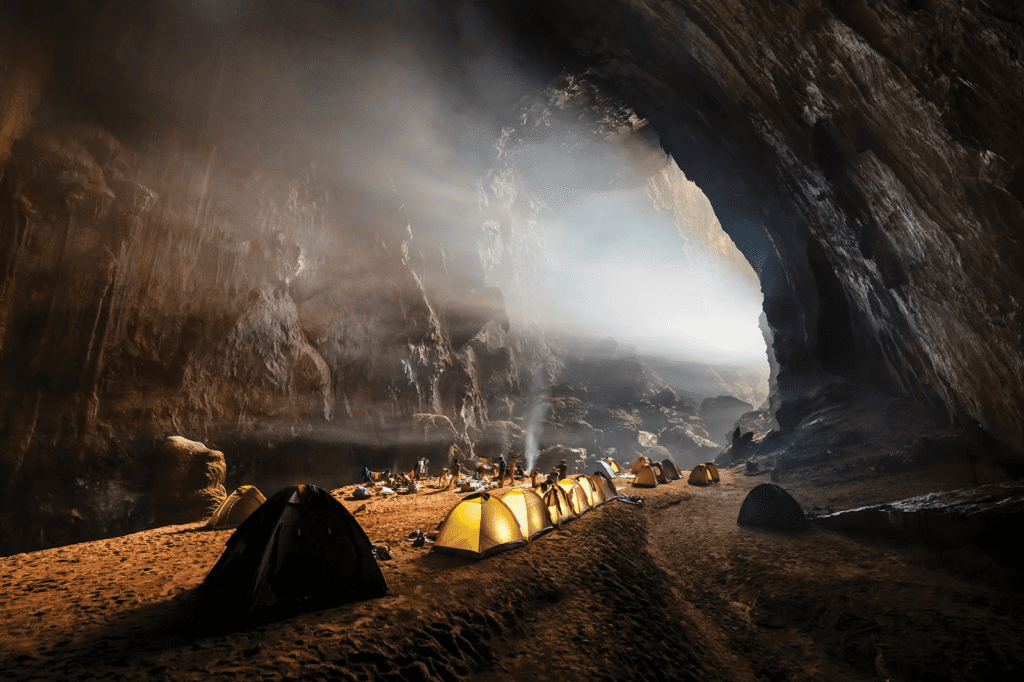
6. Lang Biang Mountain
The Lang Biang mountain, which is about 12 kilometers from Dalat’s city, is not only a popular tourist destination but also the setting for a heartfelt love tale. Some ethnic minorities, such the Lach and K’Ho, call the mountain home. Thus, visiting Lang Biang Mountain allows visitors to experience both nature and a different culture. Although a little difficult, climbing to the peak of Lang Biang is worth.
Trekking season runs from September through November.
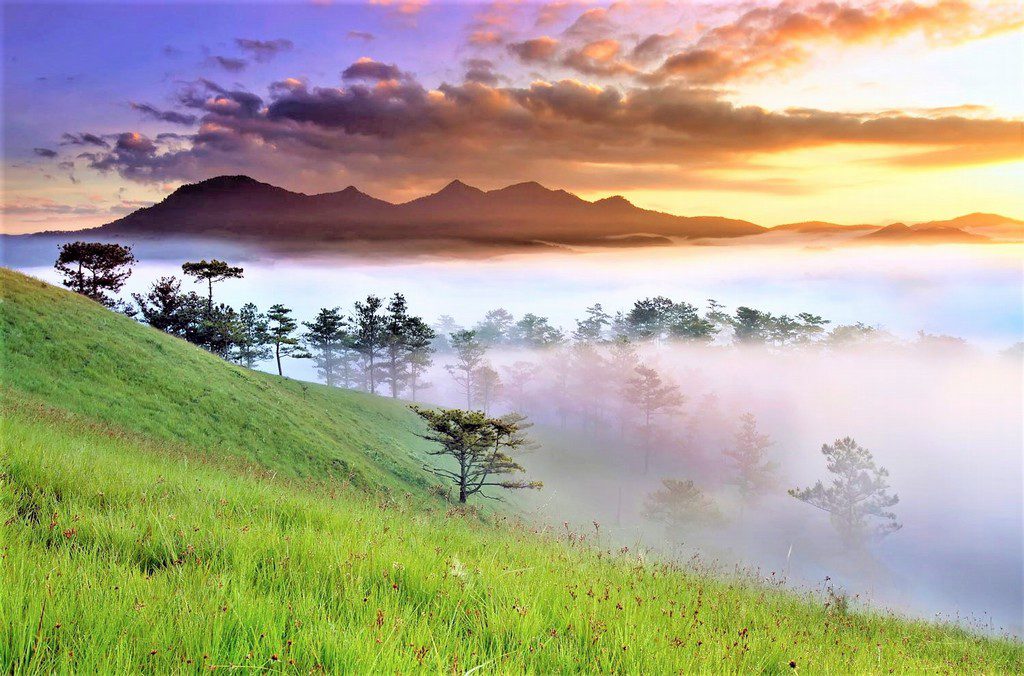
7. Fansipan Mountain
Residents of Sapa take great pleasure in the fact that Fansipan Mount, at 3.143 m, is the highest mountain in Vietnam. Because of the breathtaking vista from the peak and the lovely ascent path, Fansipan draws at least 1.000 hikers each day. Trekking up Fansipan Mount will reward you with calm gardens and pagodas as well as breathtaking views from the peak. If you don’t have any prior hiking expertise, you could think about hiring a staff or taking a cable car to the Fansipan mount’s peak.
April to May and September to November are the best months for hiking.
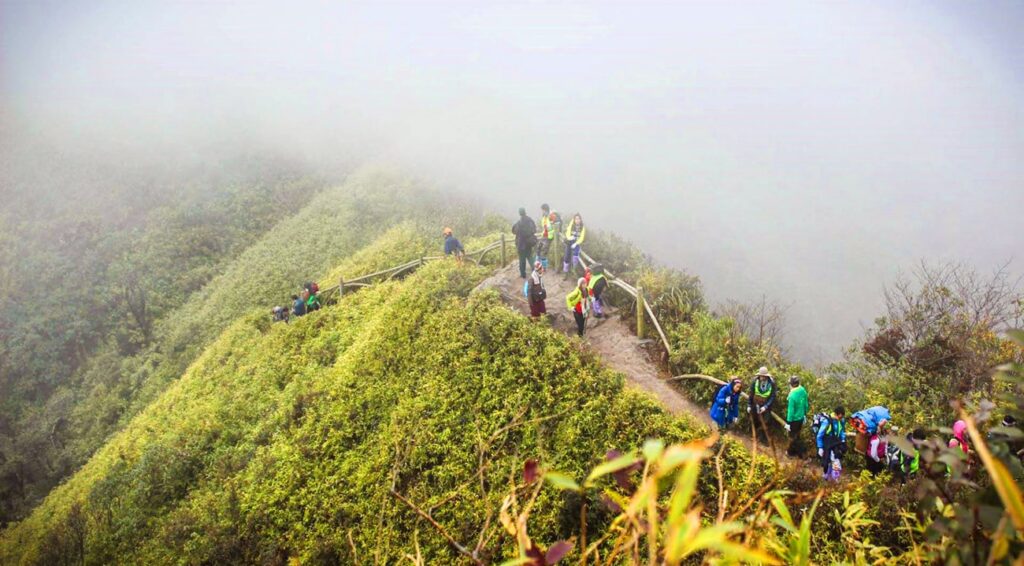
Conclusion
By immersing yourself in nature rather than merely seeing Vietnamese towns, you may get an overall perspective of Vietnam’s magnificence since each path highlights a different facet of the country’s natural beauty. Let’s take note of these locations and enjoy the trip.
